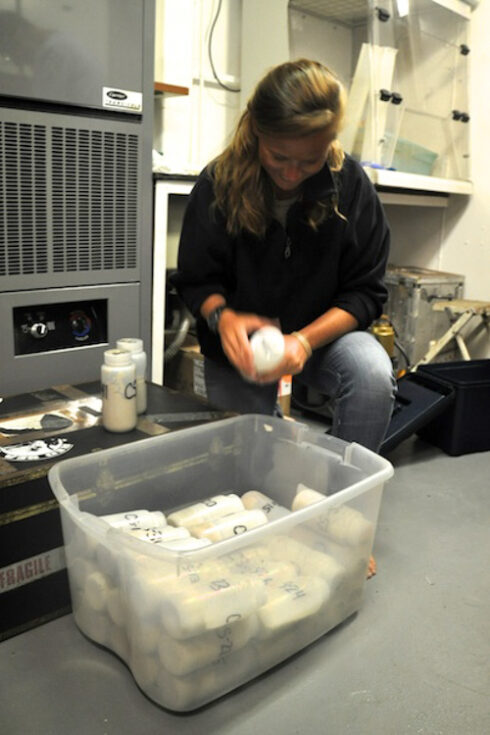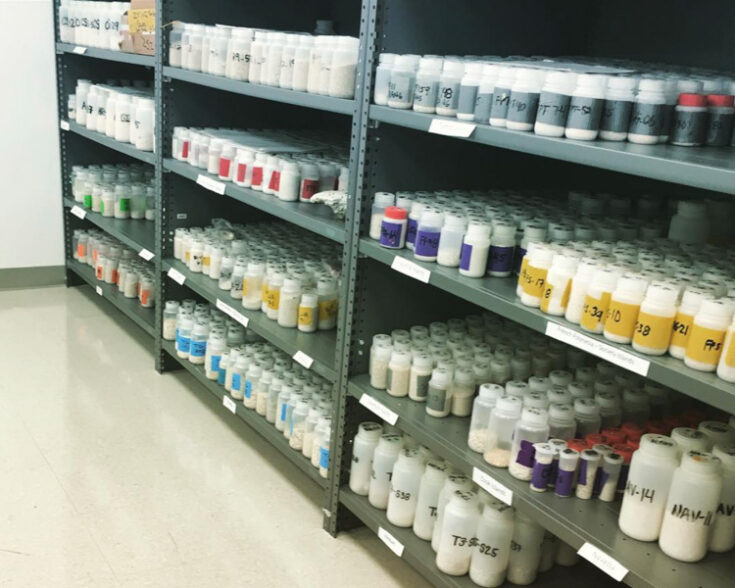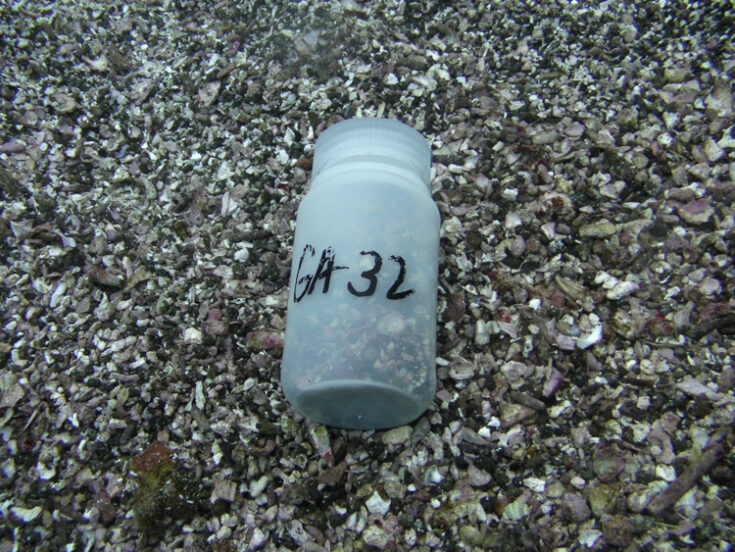This guest blog comes from Dr. Alexander Humphreys, a geology lecturer and researcher at the University of Miami (UM) Rosenstiel School of Marine and Atmospheric Science. The Khaled bin Sultan Living Oceans Foundation is working with Dr. Humphreys and our partners at UM on a new National Science Foundation (NSF)-funded project, “Protists Prophets,” that is looking at benthic sediment samples collected on the Global Reef Expedition (GRE) to assess the state of the coral reef environment over the past 1,000 years.
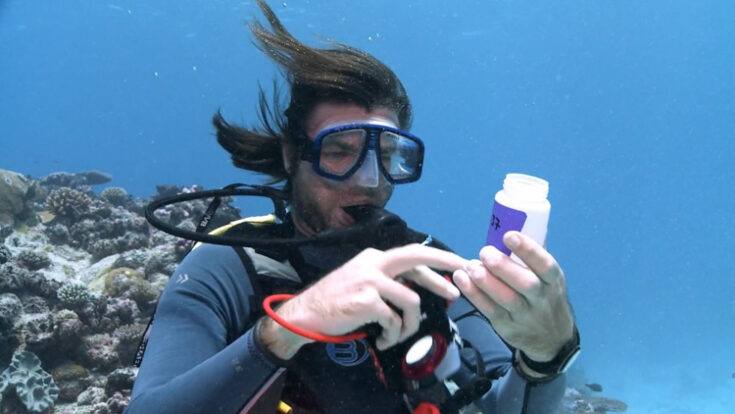
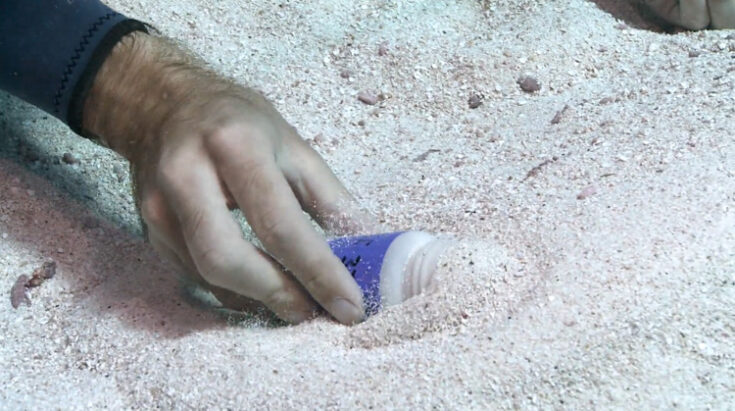
I am a modern benthic foraminiferal researcher, which means that I study some of the tiniest organisms in the ocean in order to learn about past environmental conditions on coral reefs. However, before we get to this story, let me first explain a bit about these little critters and their importance to science.
Foraminifera, or forams for short, are protists, which are single-celled amoeba-like organisms that grow a protective shell, called a ‘test’. Today there are roughly 4,000 species of forams and they can be found living in all the world’s oceans, from polar environments to the deepest ocean trenches nearly 11 km down. Forams are important to science because they have short lifespans and are sensitive to environmental change. This sensitivity causes rapid shuffling of species abundances over time as the environmental conditions and climates gradually—and sometime abruptly—fluctuate. When the life of a foram comes to an end, the story does not stop there because even though the organism decays, its hard protective test preserves well and fossilizes, laying down evidence of these population changes in the geologic record—one that goes back 500 million years! I approach this deep fossil record of foraminifera like the pages in a book that tells the story of oceanic and environmental change. The trick is learning how to read the story that these little protists have to tell.
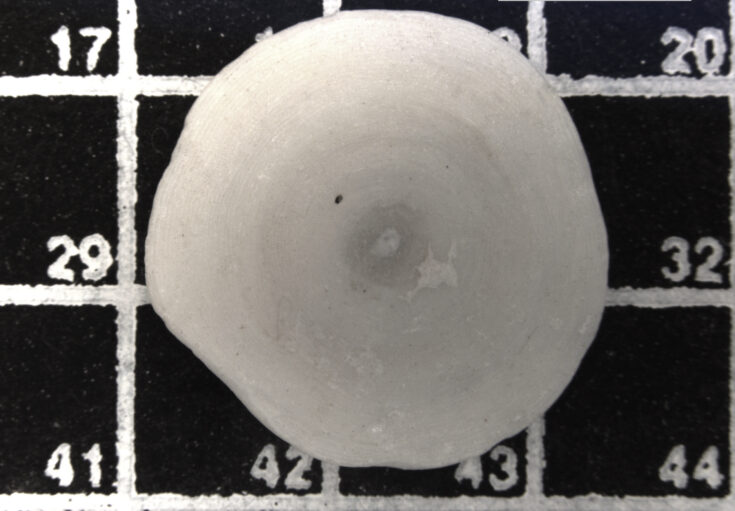
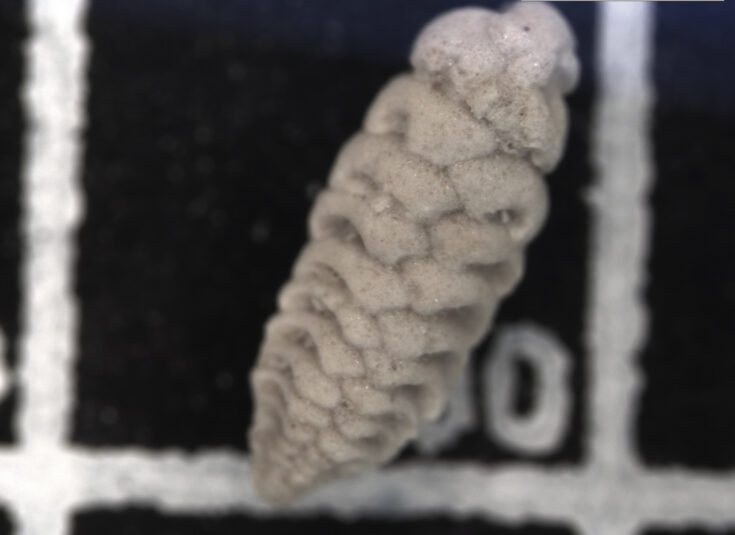
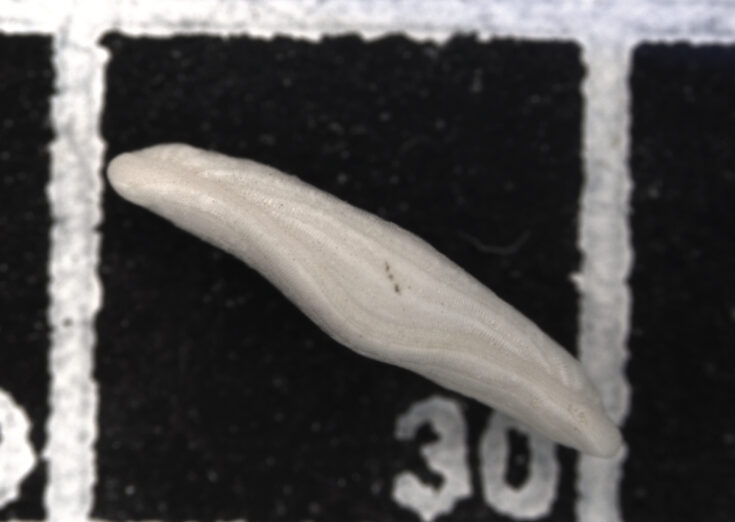
While the geologic history of foraminifera is extensive, and many scientists use them to study oceans in the geologic past, my research focuses on using modern ‘benthic’ foraminifera, which live on and in the sediment of living coral reefs, to learn about the conditions that have affected those reefs over the past centuries to millennia. As a result of overfishing, pollution, tourism, and human-driven climate change, coral reefs are rapidly dying across the world’s oceans. As we have learned, not all reefs are created equally, and while many coral reefs are being destroyed by human activity, some reefs have been naturally unhealthy for centuries. It is an important distinction because reef conservationists do not want to waste money on a naturally unhealthy reef, which will not recover. Rather, they want to focus their efforts on those reefs that were otherwise healthy prior to human influence in the past few decades, and hence have a chance of being rehabilitated to a more pristine state. Of course, having a deep understanding of the history of each coral reef, spanning the past 1000 years, would be very useful in making this distinction, but unfortunately SCUBA diver surveys of coral reef change rarely extend back more than ten years. As a result of this lack of direct knowledge we turn to benthic foraminifera to give us a window into these longer-term conditions.
It turns out that benthic forams are also not created equally and can be assigned to different ‘functional groups’ according to their lifestyle and preferred habitat. These groups include smaller ‘heterotrophic’ and ‘stress tolerant’ foraminifera that tend to be found on reefs with higher concentrations of nutrients and pollutants, respectively. There is also a group called ‘large benthic foraminifera’ that live in abundance on healthy coral reefs with warm, sunlit, low nutrient waters. Like corals, these larger benthic foraminifera contain symbiotic algae in their tests, and even bleach (expel their resident algae) when stressed. Thus, large benthic foraminifera tend to be found in abundance on reefs where corals are happy and healthy and decline when reefs become stressful for coral. Each handful of sand from the bottom of a coral reef contains mixtures of foram tests that span from today back to about a millennium and thus by collecting and identifying the forams species and functional groups within each reef sand sample, I can learn about the average conditions in those environments. For example, if there are particularly high concentrations of nutrient-loving smaller foraminifera and few large forams that don’t like nutrients, this may tell me that this particular reef shows centuries of average conditions with high nutrients and poor conditions for healthy reef growth.
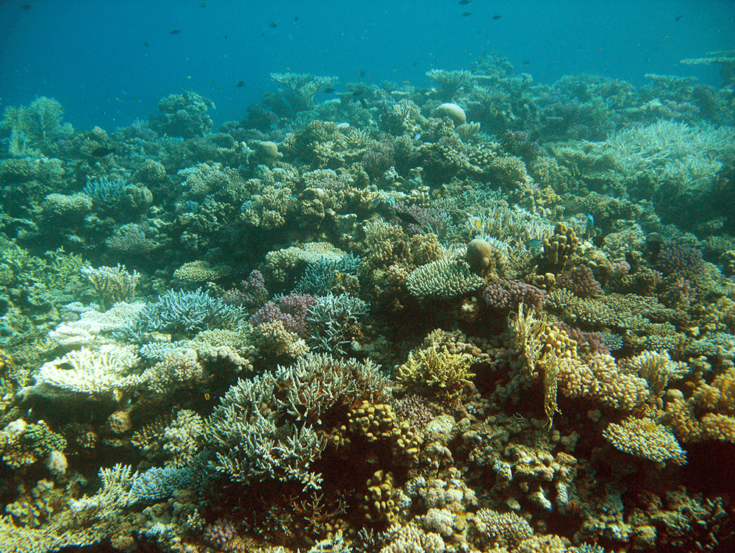
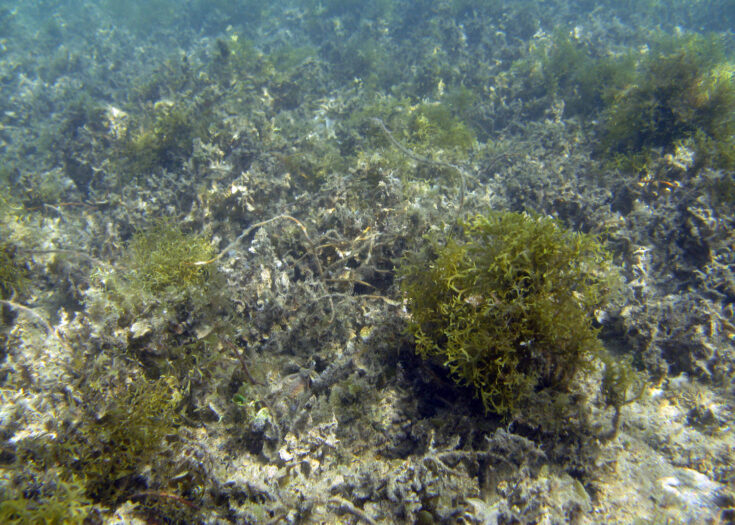
Currently our team at the University of Miami’s Rosenstiel School of Marine and Atmospheric Science, in collaboration with the Khaled bin Sultan Living Oceans Foundation, is expanding this exciting field by researching reef forams on a global scale in order to strengthen our ability to understand past coral reef stress, so we can better focus our conservation efforts in the future. Our current work includes identifying foram indicators of long-term heat stress and past periods of intense macroalgal growth.
